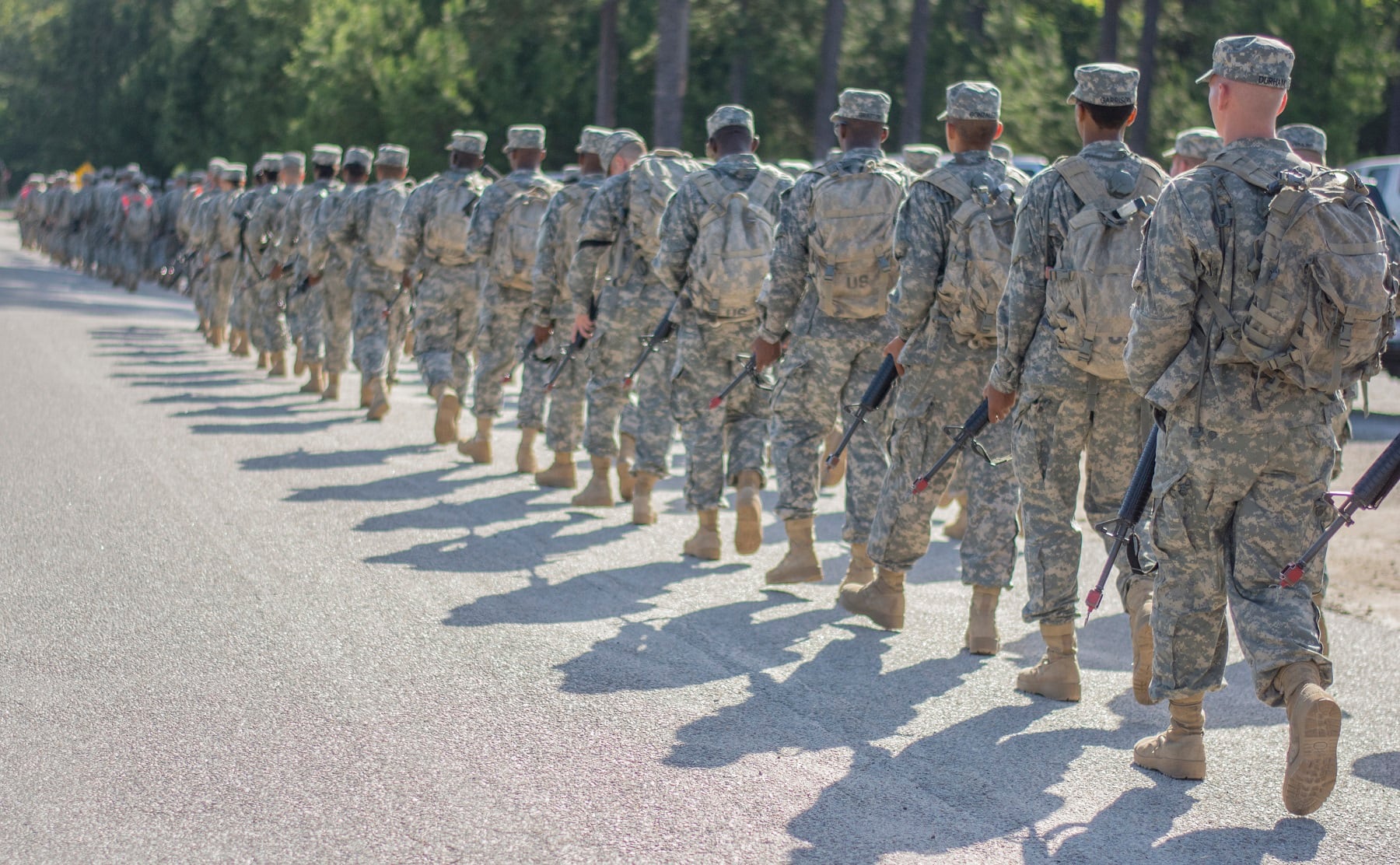Almost one in five active duty male soldiers in 2015 was obese, and one-half were overweight.
Now, for the first time, the Army is calculating the costs of those added pounds to better understand: At what point is a soldier too expensive to keep?
Army doctor Maj. Brian Shiozawa has led this effort, analyzing the height and weight data of 429,793 active male soldiers in fiscal year 2015, then cross-referencing those records with the soldiers' visits to military treatment facilities, TRICARE data, and inpatient and outpatient medical claims during the same time frame.
What Shiozawa found is that obese soldiers used almost double the medical resources than their normal-weight counterparts did in almost every medical category except multiple trauma — which he thinks may be an indicator that obese soldiers are not deploying to combat, where that type of medical emergency would be more likely.
Obese male soldiers went to the doctor on average 13 times that year; normal-weight soldiers went seven times a year. More time at the doctor can mean less time training, less time being deployable, and a greater financial cost to DoD resources, Shiozawa said, which increases risk to readiness, he said.
Shiozawa first presented his research last week at the Obesity Medicine Association’s fall summit in Washington, D.C.
“Are we employing them to go to the doctor, or are they fit to fight the nation’s wars?" Shiozawa said. “At what point do we say to service members, ‘You may be costing us more [than you provide to the military?]’ Maybe we need a BMI ceiling. We are spending three to four times as much to maintain you than what we get from you.”
Shiozawa, a resident at the Uniformed Services University of the Health Sciences, conducted the research on his own initiative. He was inspired to do it after serving as a battalion surgeon.
“My goal, professionally, is to become an expert on Army obesity," he said, "It’s an epidemic that is facing us.”
RELATED

The risk obesity has placed on military readiness has been front and center over the last year as each service has begun to target service members who are unfit to deploy.
In the study, 19.7 percent of the almost 430,000 male soldiers reported a body mass index greater than 30, which qualifies as obese, and 51.2 percent of the total population reported a BMI between 25 and 30, qualifying as overweight. The largest percentage of obese soldiers were between the ages of 25 and 34.
“Obesity is the number one reason that disqualifies potential applicants from enlistment,” Shiozawa said. “If we can’t raise and maintain an Army, then we failed to meet our mission.”
Shiozawa found obese soldiers went to physical therapy and mental health sessions more often, and even though they made up one-fifth of the population, obese soldiers used 46 percent of the medical appointments that were billed to address related diseases, such as hypertension or diabetes.
He is still working on estimating the costs to DoD in terms of lost time and resources spent, which vary depending on what type of medical appointment was needed.
Shiozawa’s study aims to give Army leadership the data necessary to better understand the impact obesity has on the force, and give them the information needed to better understand if there’s a point that service members are too expensive to keep.
“Leaders need data to make those decisions,” Shiozawa said.
The model used in the Army study can also be used to crunch the other services' obesity data and doctor’s visits to determine if the trends he found in the Army ring true in the Navy, Air Force and Marines, Shiozawa said.
Tara Copp is a Pentagon correspondent for the Associated Press. She was previously Pentagon bureau chief for Sightline Media Group.





